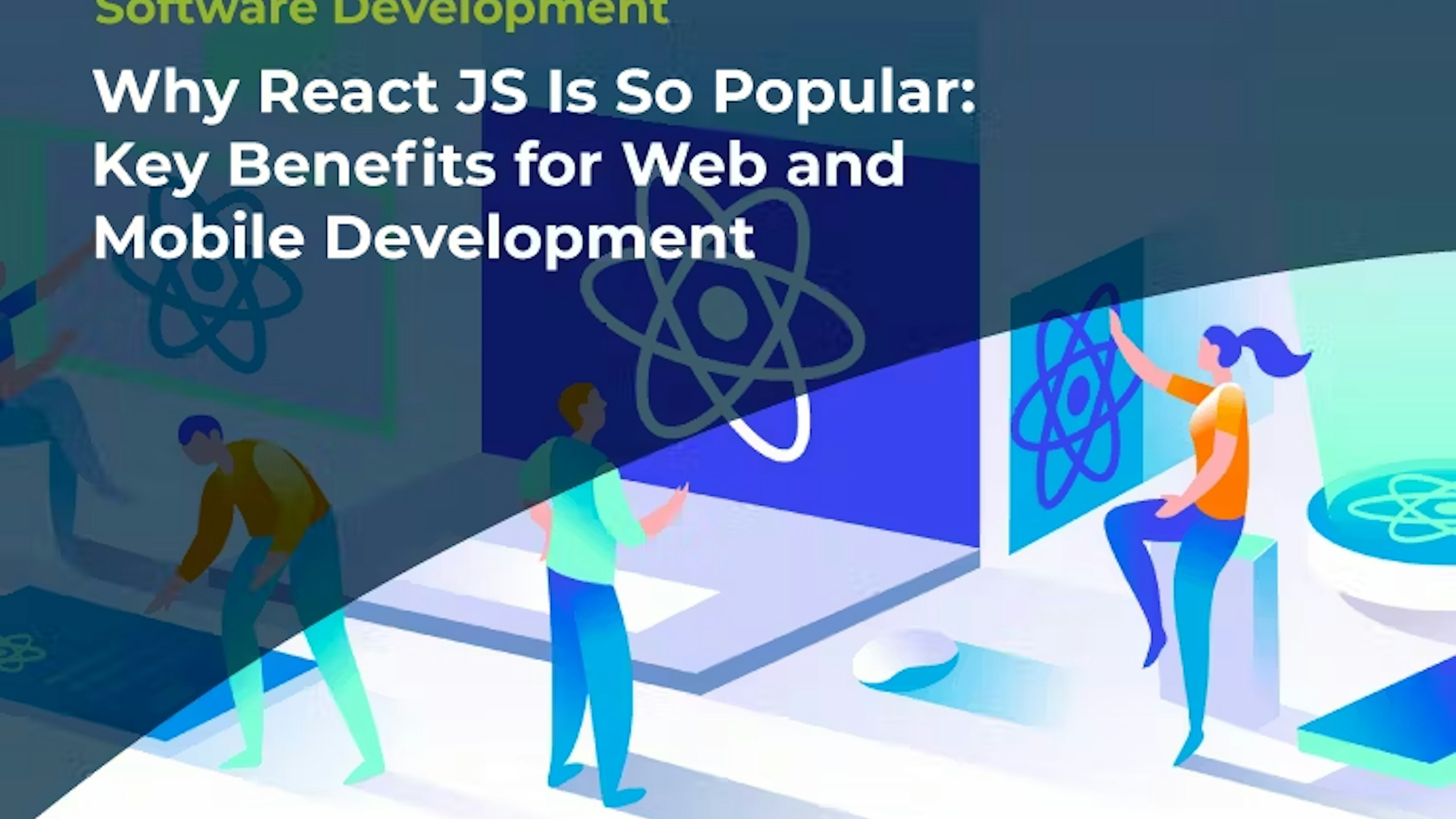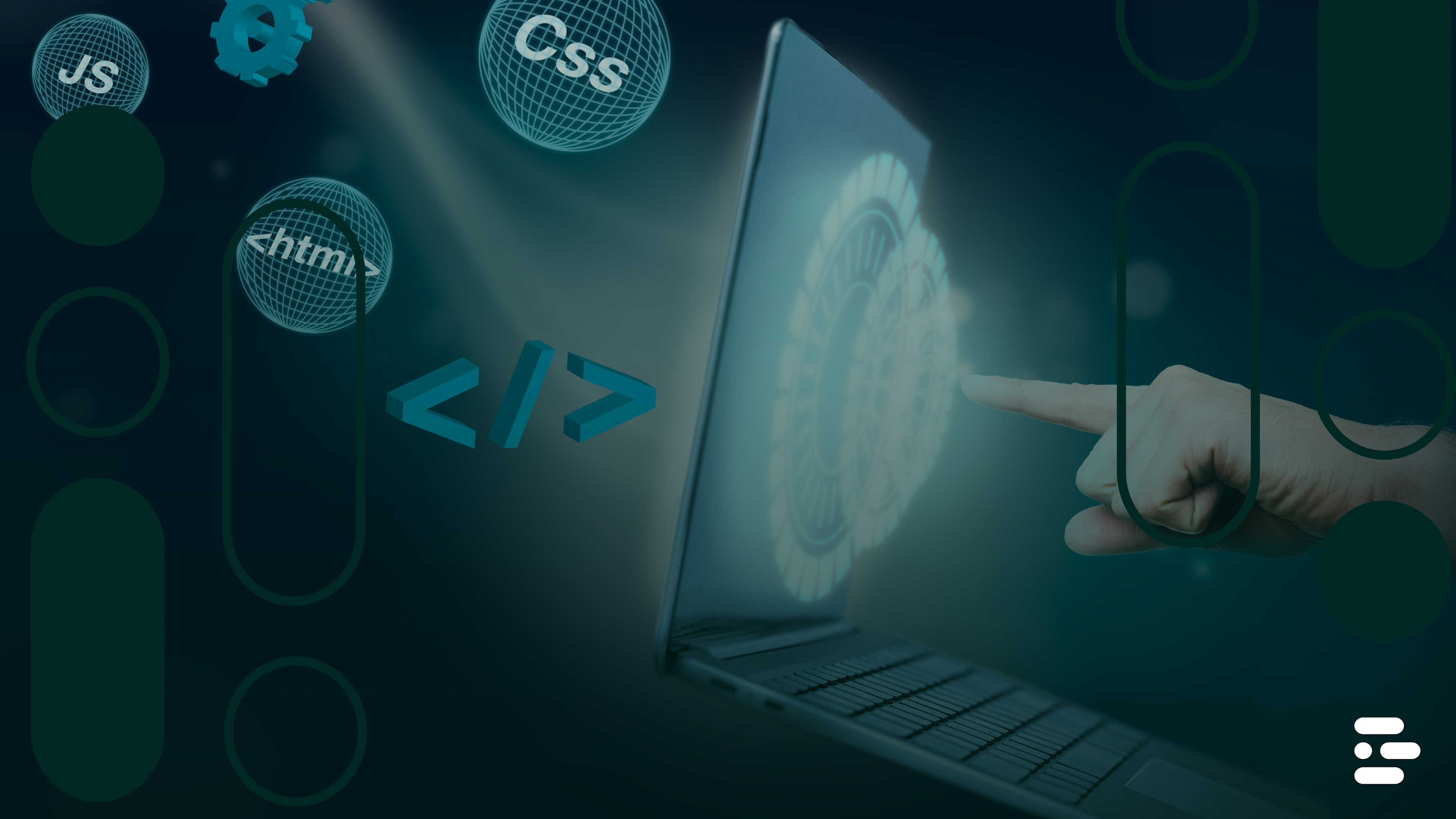5 Best Practices for Integrating Augmented AI Teams (2025 Edition)


AI is now firmly embedded in U.S. software delivery, but leadership outcomes depend on how well people, process, and guardrails come together. In 2025, 84% of developers use or plan to use AI tools, up from 76% a year earlier, which means augmentation isn’t an experiment anymore, it’s an operating model choice. The implication for CTOs: integration quality will determine whether AI-augmented squads accelerate delivery or add friction.
At the same time, security and governance expectations are rising. IBM’s 2025 breach research highlights that racing into AI without appropriate access controls and oversight increases risk, making “secure-by-default” onboarding of external talent and AI tooling a board-level concern.
1) Set Objectives and Scope Before You Add Capacity
Clear intent prevents augmented teams from becoming just “more standups.” Start by capturing why you’re augmenting and where it should change outcomes.
What to define up front
- Business driver: accelerate a revenue-critical roadmap, clear a regulatory backlog, improve reliability on a high-traffic service, or inject scarce skills (LLM evals, MLOps, data platform, appsec).
- Scope & guardrails: services, repos, and environments external engineers will touch in the first 90 days; what stays out-of-scope until trust and context mature.
- Success metrics: baseline and track DORA metrics (lead time, deployment frequency, change failure rate, MTTR) and tie them to SLIs/SLOs customers feel. Decide targets before the team lands.
Practical tip: publish a one-page “engagement charter” in your wiki (objective, scope, metrics, roles, security basics). Review it in the first weekly sync and adjust only with a decision log.
2) Treat Onboarding Like a Product
Augmented engineers stall when context lives in individual heads. The fastest path to productivity is self-serve knowledge and paved paths that make the right way also the easy way.
Make day one count
- Golden paths: “How we ship here,” including repo map, coding standards, branching, CI/CD, test strategy, release gates, reliability/SLOs, and a sample service with everything wired.
- Day-one access: SCM, CI, artifact registry, observability, ticketing, wiki—provisioned in hours, not weeks.
- Decision history: keep architecture decisions close to code via lightweight ADRs and mirror key ones to the wiki to surface the “why.”
30-60-90 ramp:
- 30 days: first PRs merged, small features behind flags, shadow on-call.
- 60 days: co-own a service, drive a story end-to-end, contribute tests and runbooks.
- 90 days: own a roadmap slice, lead a demo, mentor a newer teammate.
Evidence is strong that self-serve information multiplies outcomes: teams with accessible knowledge are 4.4× more likely to be productive, 4.4× more adaptable, and 4.9× more effective. Build your onboarding around that reality.
3) Build an Operating System for Communication
Distributed squads fail when decisions are unclear, context is missing, and time zones fight the clock. Establish a simple, explicit collaboration “OS.”
Make work visible and decisions durable
- Systems of record: Jira for work, Confluence for docs and decision logs, Slack for async daily comms, and shared dashboards for SLOs and delivery metrics.
- Rituals with intent: weekly planning to commit to goals; daily async check-ins (blockers, plan, links); mid-week scope check; monthly ops review on DORA, reliability, and security posture.
- Async-first norms: write decisions down with owners and “respond-by” dates; reserve overlap windows for design debates and incident reviews.
Teams that reduce context hunting and tool sprawl reclaim the most time, another cross-industry finding reinforced in 2025 developer-experience research.
4) Bake in Security, Compliance, and IP Protection From Day Zero
Augmentation plus AI expands the attack surface. Treat security as a platform feature: predictable, automated, and enforced on every paved path.
Controls that travel with the team
- Access: least-privilege by repo/service; short-lived credentials; enforced MFA; secret scanning; separate tenants/sandboxes for experiments and model prototyping.
- Vendor risk & reports: evaluate partners against SOC 2 Trust Services Criteria and keep reports in a central location for audits.
- Regulated workloads: if cardholder data is in scope, align to PCI DSS v4.0.1; if ePHI is in scope, apply HIPAA Security Rule safeguards and track 2025 NPRM updates tightening requirements (e.g., MFA, encryption, incident response).
- AI risk governance: apply NIST’s AI Risk Management Framework and the 2024 Generative AI Profile to govern model validity, robustness, data handling, and operations.
- Buyer leverage: use CISA’s Secure by Demand questions in procurement to require secure-by-default features (e.g., phishing-resistant auth, SBOMs, memory-safe roadmaps) from all vendors, including AI tooling.
IBM’s 2025 analysis underscores the risk of “shadow AI” and weak access controls around AI systems—make approved tools, redaction, and logging the only path.
5) Design One Culture, Not Two Teams
The quickest way to sink an augmentation program is to treat external engineers like permanent outsiders. Culture should be explicit, portable, and shared.
Make inclusion the default
- Same review bar, incident process, and blameless postmortems for everyone.
- Rotate demos, on-call, and incident roles across internal and augmented engineers to build trust and shared ownership.
- Publish a one-page “ways we work” that applies to all squads, communication norms, code quality expectations, security basics, and definition of done.
A unified standard avoids “vendor vs. internal” drift and the rework that follows.
6) Put Measurement on a Cadence
If you can’t see the impact, you can’t steer it. Make outcomes visible and non-negotiable.
What to measure
- Delivery: DORA metrics, by service and team, with targets and baselines. Strive for shorter lead time, higher deploy frequency, stable or improving change failure rate, and faster MTTR.
- Quality: defect escape rate, flaky test rate, coverage on critical paths, latency/throughput SLOs with error budgets.
- Security: critical vuln trend, access review status, secrets findings, SBOM freshness, and an AI model risk register (if relevant).
- DevEx: short monthly pulse on focus time, clarity of direction, and tool friction—then fix one constraint per month.
Use the monthly ops review to decide a single improvement and ship it before the next review.
7) Address the Common Pitfalls Upfront
Every hybrid augmentation effort sees a similar set of traps. Call them out early and design counters.
Pitfalls and counters
- Unclear ownership: publish a service catalog with owners, runbooks, SLOs, and escalation paths.
- Shadow AI tools: unapproved assistants leak IP and create nondeterministic behavior. Centralize approved tools, redact prompts, and log usage. IBM’s 2025 data ties weak AI access controls to costly incidents.
- Activity theater: counting PRs isn’t impact. Hold teams to DORA plus product outcomes; pair delivery metrics with customer SLIs/SLOs.
- Over-synchronization: too many meetings, too few decisions. Default to async with tight decision logs; use overlap windows for design debates and incident reviews.
8) A Four-Week Starter Plan You Can Run Tomorrow
Starting well beats restarting later. This plan gets augmented AI engineers productive without trading off security or reliability.
Week 1 — Access and paved paths
- Provision least-privilege access with MFA and secret management.
- Share golden paths, ADR index, and a sample service that compiles, tests, and deploys.
- Baseline DORA and error budgets for in-scope services.
- Approve AI tools with redaction and logging policies governed by NIST AI RMF controls.
Week 2 — Ship something small, safely
- Pair on a minor feature and ship behind a flag.
- Add or improve tests and runbooks.
- Confirm deployment and rollback steps in docs and demo the flow.
Week 3 — Own a ticket end-to-end
- External engineer drives a story from refinement to production.
- Participate in an incident simulation or review.
- Start a small tech-debt fix with measurable impact.
Week 4 — Demonstrate value and harden
- Demo outcomes to stakeholders against the charter goals.
- Close open security findings and complete an access review.
- Propose one CI/CD or documentation improvement and ship it.
9) Make Compliance and Security Posture Visible
Many U.S. engineering leaders operate under non-negotiable regulatory expectations. Document the essentials where everyone can find them.
Checklist to publish in your wiki
- SOC 2 posture: latest report, scope, and any remediation plans.
- HIPAA/PCI scope (if applicable): which systems are in scope, how data is segregated, who has what access, and how encryption/MFA are enforced—note the 2025 HIPAA Security Rule NPRM trajectory.
- AI risk controls: how your org applies NIST AI RMF + GenAI Profile to development and operations (prompt redaction, evaluation, resilience testing)
- Buyer guardrails: the CISA Secure by Demand questions used with software and AI providers.
10) Conclusion
Augmented AI teams are a force multiplier when you integrate them deliberately. Clarify objectives, make onboarding self-serve, operate async with durable decisions, and enforce security and compliance from day zero. Measure what matters and build one culture across internal and external engineers. Adoption is high, productivity gains are real, and organizations that pair AI with disciplined delivery and governance move faster with less risk.
See how enterprises partner with Devsu’s pre-vetted augmented AI teams to reduce delivery time, lower costs, and accelerate time to market within their existing workflows. Read here.
Subscribe to our newsletter
Stay informed with the latest insights and trends in the industry
Content
You may also like


